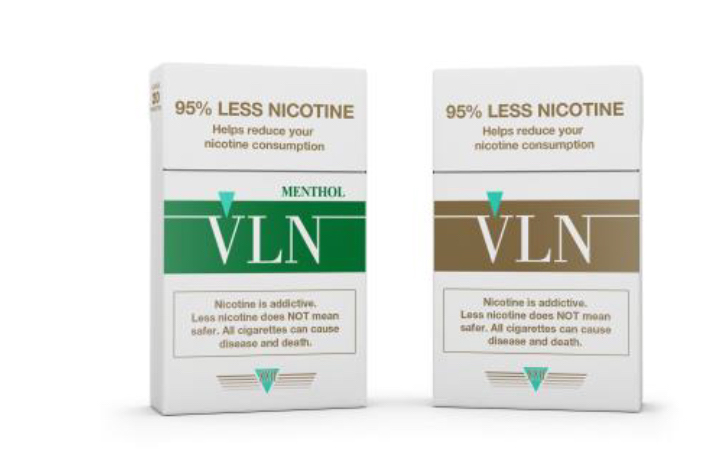Plus: Softening views toward mental illness, and the potential of the Housing First model
By William Wagner
Your healthiest bet, obviously, is to avoid tobacco altogether. But if you’re having difficulty doing so, smokeless tobacco is a slightly better option—at least where cardiovascular disease is concerned.
We also look at the decrease in stigma toward mental illness, and how housing the homeless can help with substance use disorders (SUDs) and mood disorders.
From Nicotine & Tobacco Research:
Smokeless Tobacco and Cardiovascular Disease
It’s not great news, but it’s at least something for those who have struggled with tobacco. A study led by UCLA shows that smokeless products such as chewing tobacco or tobacco lozenges can have fewer cardiovascular health implications than lighting up. The carcinogens loosed in tobacco that is smoked, according to the research, are what do the most damage.
“Our findings show that despite having higher levels of nicotine, exclusive smokeless tobacco users had significantly lower concentrations of inflammation and oxidative stress biomarkers [indicators of cardiovascular disease] than cigarette smokers,” Mary Rezk-Hanna, PhD, an assistant professor at the UCLA School of Nursing and the lead author of the study, said in a news release. “Levels of these biomarkers among smokeless tobacco users were similar to those of ‘never’ smokers.”
The researchers stress, however, that their findings shouldn’t be taken as a license to run out to the store and buy a tin of chew. “Smokeless tobacco use is not without harm,” Rezk-Hanna said. “There is evidence that its use is associated with certain cancers, diseases of the mouth and nicotine addiction, and long-term use may increase the risk of death from stroke.”
From the JAMA Network:
Shifting Views Toward Mental Illness
A new study, led by researchers from Indiana University and Penn State University, signals that stigma toward mental illness might be receding into history. The team surveyed 4,129 U.S. adults and found that over a 22-year period ending with 2018, views about depression had softened. This was due in part to “age and generational shifts.”
“[S]trategies to identify factors associated with the decrease in stigma for depression, to address stagnation or regression in other disorders, and to reach beyond current scientific limits are essential to confront mental illness’s contribution to the global burden of disease and improve population health.”
—JAMA Network study
Nevertheless, the authors state that much work remains to eradicate stigma and, in turn, provide optimal mental health care: “With indications that the level of stigma may be reducing, strategies to identify factors associated with the decrease in stigma for depression, to address stagnation or regression in other disorders, and to reach beyond current scientific limits are essential to confront mental illness’s contribution to the global burden of disease and improve population health.”
From Harm Reduction Journal:
The Benefits of the Housing First Model
Not surprisingly, homeless people are at particular risk for SUDs and mood disorders. Stable housing, then, can do much to mitigate these maladies. The authors of a study in Harm Reduction Journal point to the benefits of the Housing First model, which is designed to provide permanent housing to the homeless. Rooted in harm reduction, the model doesn’t require the homeless to jump through various hoops (such as graduating from service programs) to obtain stable housing.
The approach showed great potential among the study’s sample, ranging in age from 18 to 24. “By providing housing, utilities, SBOA [Strength-Based Outreach and Advocacy, an advocacy program], and other preventive services, our sample was highly engaged in the support services, remained almost completely housed, and showed improvements in cognitive functioning and drug-related consequences in the short term,” the study reads. “Total drug use trended lower. These findings are consistent with a larger literature on use of Housing First among older adults with mental illness, drug use, and severe medical comorbidities.”
Photo: Shutterstock













